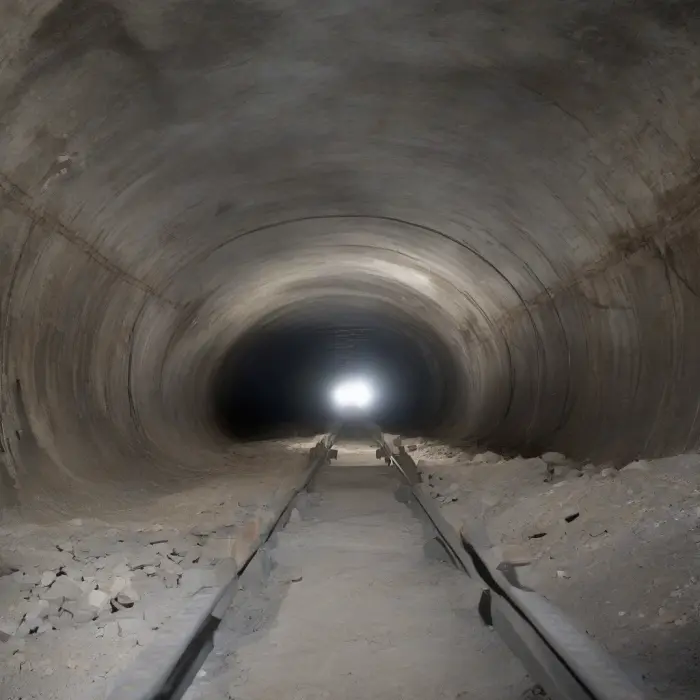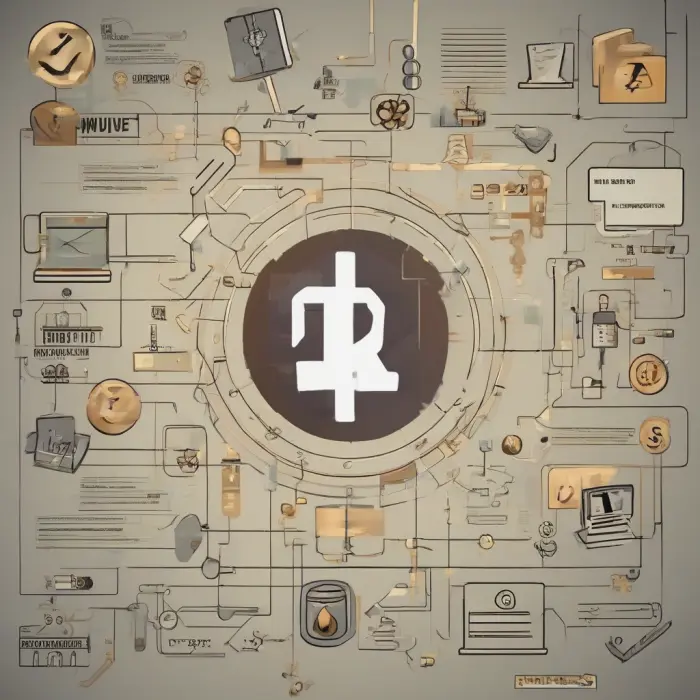Mind-Blowing Facts About the Technology Behind Virtual Reality
The world of virtual reality (VR) comes with a plethora of amazing advancements and innovative technologies that are continually transforming our perception of reality. From gaming and entertainment to education and healthcare, VR has made significant impacts in all walks of life. It's a technology that truly carries the weight of endless possibilities. Below are some truly mind-blowing facts about the technology behind virtual reality.
Immersive Realism
Did you know that virtual reality technology is fine-tuned to interact with your senses in such a way that it delivers an almost indistinguishable sense of reality? Immersive realism is achieved through three primary components: a VR headset, motion tracking devices, and powerful rendering software. The headset and tracking devices stimulate and engage your visual and auditory senses, while the software generates a convincingly realistic 3D environment. Pair all these together, and you are plunged into a different realm that feels very real.
VR Technology and the Brain
Virtual reality is an incredibly powerful medium because it leverages the way our brain processes information. When we experience things in the real world, our brain uses various cues to understand depth, distance, and size. VR technology takes advantage of this mechanism. For instance, the VR headset displays two slightly different angles of a scene to each eye, mimicking binocular vision and thus creating a convincing perception of a three-dimensional world.
Motion Tracking Importance
In VR, motion tracking is likely the most crucial aspect of creating a truly immersive experience. By tracking the user's movements, VR enables a dynamic and interactive virtual environment. The advancements in motion tracking technology, using intricate arrays of sensors and cameras, make it possible for VR systems to track, mirror, and interpret the user's physical actions into the virtual world in real-time.
Real-Time Rendering
To maintain the illusion of reality, VR systems must manipulate the virtual environment immediately in response to the users' actions. This process is known as "real-time rendering." Cutting-edge VR systems can perform at an astonishing 90 frames per second, responding nearly instantaneously to your movements, reinforcing the visceral sense of 'presence' that only VR can provide.
The future of VR
Last, the potential applications of virtual reality technology extend far beyond entertainment. Industries such as medical, education, and real estate are finding innovative uses for VR. For instance, VR in healthcare is used to train surgeons and help patients with rehabilitation or to overcome fears.
To conclude, while virtual reality is still an emerging field, it has already made significant advancements that ensure VR will become an integral part of our lives in the near future. The technology behind virtual reality is, indeed, mind-blowing and is a testament to human creativity and ingenuity.










